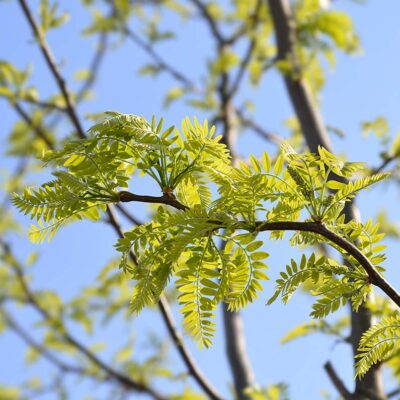Fall ’25 Bare-Roots – Order Now
Fall ’25 Bare-Roots – Order Now
Malus domestica
Lovely flowers in the spring give way to tasty fall fruits: these apple trees will be a great addition to your orchard or garden. Our selection of cultivars features a range of flavor, texture and versatility. Apples require a different cultivar nearby to ensure pollination and fruit set.
All of our apples are grafted onto B.118 roostock, which is propagated clonally. B.118 produces cold-hardy, precocious bearing trees that are semi-standard sized, 80-85% of standard and grow from 20 to 25 feet tall.
Cultivars:
Zone: 4-9 (varies slightly depending on cultivar) (Map)
Habitat: Preference towards slightly acidic or neutral, well-draining soil. Full sun.
Growth: 20-25 ft tall, 15-20 ft wide at maturity.

Our selection of apple cultivars are chosen for their versatility, production, disease-resistance and flavor.
$35.00
Our selection of apple cultivars are chosen for their versatility, production, disease-resistance and flavor.
$35.00
Malus domestica
Lovely flowers in the spring give way to tasty fall fruits: these apple trees will be a great addition to your orchard or garden. Our selection of cultivars features a range of flavor, texture and versatility. Apples require a different cultivar nearby to ensure pollination and fruit set.
All of our apples are grafted onto B.118 roostock, which is propagated clonally. B.118 produces cold-hardy, precocious bearing trees that are semi-standard sized, 80-85% of standard and grow from 20 to 25 feet tall.
Cultivars:
Zone: 4-9 (varies slightly depending on cultivar) (Map)
Habitat: Preference towards slightly acidic or neutral, well-draining soil. Full sun.
Growth: 20-25 ft tall, 15-20 ft wide at maturity.
